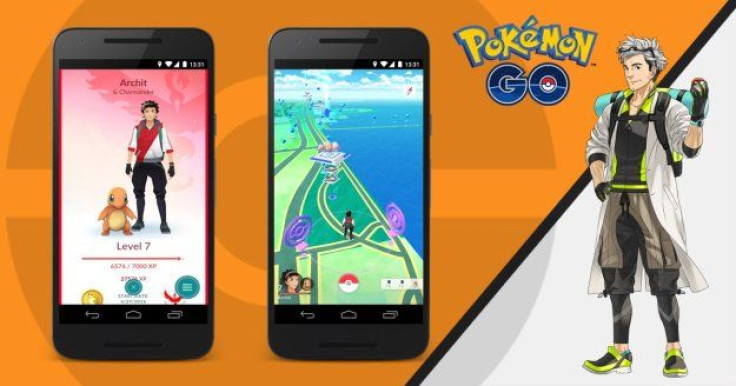‘Pokemon Go’ development process detailed explains rocky start and technical backend

Niantic Labs can see “Pokemon Go” as one of its successes in terms of developed apps. As such, the developer and Google Cloud have teamed up to give fans a look at the infrastructure behind one of the hottest games to date, as well as a peek into the app’s beginnings.
In a post via the Google Blog, the company revealed that the new engagement model, the Google Customer Reliability Engineering (CRE) was used by Niantic for the launch of “Pokemon Go.” It was a test not only for the game developer, but also as a starting ground for the new model.
“The teams targeted 1X player traffic, with a worst-case estimate of roughly 5X this target. Pokemon Go’s popularity quickly surged player traffic to 50X the initial target, ten times the worst-case estimate. In response, Google CRE seamless provided extra capacity on behalf of Niantic to stay well ahead of their record-setting growth,” said CRE Director Luke Stone in the blog.
Of course, as seen in the first few days of launch, there had been several issues plagung “Pokemon Go.” According to Stone, this was dealt by Niantic with the help of Google CRE, as they needed to review the architecture of the game and maximise the use of Google Cloud.
This is where it gets technical. Stone proceeds to explain that “Pokemon Go” has teh technology of contained-based development running on Google Container Engine (GKE). Simply put, the developer had opted for Google’s cloud technology because it has the ability to “orchestrate their container cluster at planetary-scale.” This allowed the developers to keep deploying live changes to the game, as seen in the relatively fast rollout of patches.
That’s not the end of the team’s adaptation to improve “Pokemon Go.” The team-up even upgraded the game to a newer version of GKE, as it needed more nodes for the container cluster—thanks to the anticipated heavier load once “Pokemon Go” is released in Japan.
In a nutshell, the swap to the newer version had allowed the team to learn from its US launch issues, and execute a near-flawless one in Japan. Stone also touched on the fact that “Pokemon Go” was the largest Kubernetes deployment for the GKE, resulting in the different bugs identified and fixed.
“Pokemon Go” has also made use of tens of thousands of cores care of Google so it can support the growing player base. These cores were meant for Niantic’s Container Engine cluster. Using Google’s global network also paid off, as it had allowed lesser latency experienced by Trainers. The game’s traffic had traveled Google’s own private fiber network, which allowed for low-latency experiences, even in far-flung areas and under the sea.
“Pokemon Go” is pretty much a success on different fronts. Hopefully, the decline marked in player base will be reversed once Niantic Labs rolls out more exciting features promised at launch.






